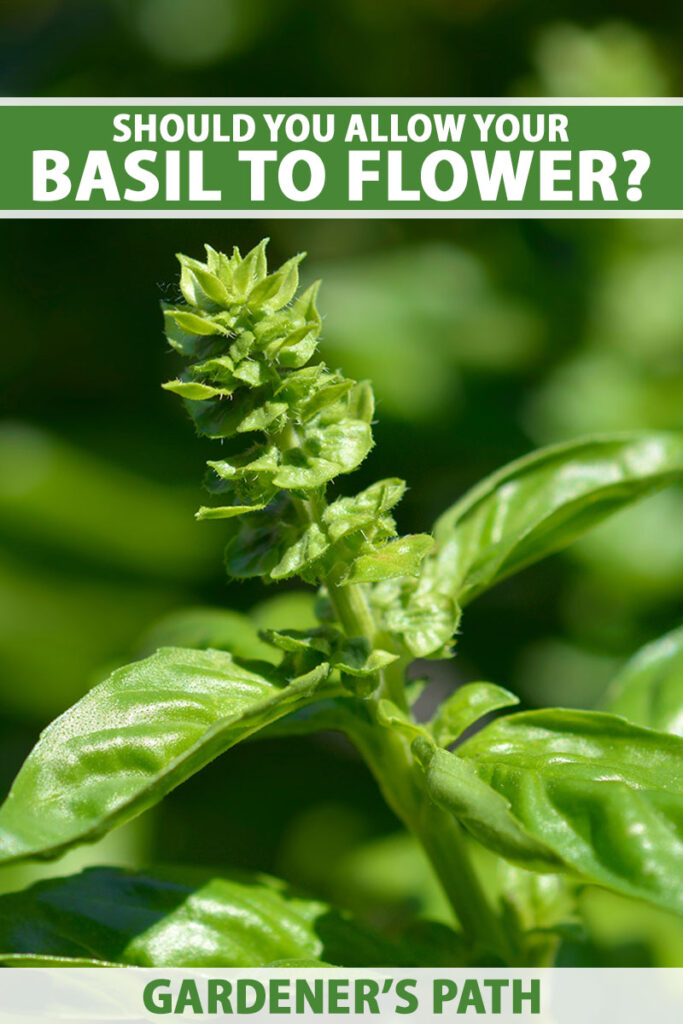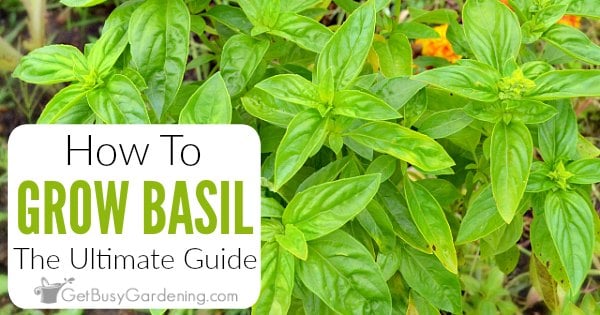There's something truly special about basil, isn't there? This leafy green plant, so full of good taste, comes from places like Asia and Africa, you know. It’s a part of the mint family, and there are, like, so many different kinds of it out there. People really love it for making food taste better, and its smell is just, well, it’s very nice. You might find it in your own backyard, maybe on a porch, or even just sitting pretty on your kitchen window sill; basil is pretty simple to grow and, honestly, it’s useful in so many ways.
From putting tiny seeds into pots inside your home to just snipping off a few leaves for dinner, this plant has a way of making itself at home. It’s not just about the flavor it brings to your plate, though that’s a big part of it, of course. There are also things inside basil that are good for you, like helping your body stay strong and healthy. It's a pretty big deal, really, how much this one plant can do.
So, if you’re curious about what makes basil such a favorite, or maybe you want to understand more about its good qualities, you’re in the right spot. We’ll talk about what makes it so special, what it can do for your well-being, and how you can use it in your everyday cooking. It’s all about getting to know this wonderful plant a little better, and maybe, just maybe, becoming a true basil babe yourself.
Table of Contents
- Where Does Basil Come From?
- What Makes Basil So Special?
- Growing Your Own Basil - A Basil Babe's Delight
- How Does Basil Help Your Body?
- Basil in the Kitchen - A Basil Babe's Secret Weapon
- Are There Many Types of Basil?
Where Does Basil Come From?
Basil, that wonderfully scented green leaf, actually has roots stretching far back in time and across distant lands. Its beginnings are tied to places like Asia and Africa, which is pretty cool when you think about it. It seems to have started its journey, you know, a very long time ago, likely in India. From there, it just kind of made its way around the planet, finding homes in kitchens and gardens everywhere.
It’s a family member of the mint plant, which you might notice if you take a close sniff. That fresh, slightly peppery, yet sweet smell is a bit like some mints, in a way. This connection means it shares some common traits with other herbs in that group, too. This ancient plant, known scientifically as Ocimum basilicum, has been a favorite kitchen helper for many, many generations, actually. It’s pretty amazing how something so simple can have such a rich history, isn't it?
Even though it’s really known for Italian cooking, and we often think of it with pasta or pizza, its real home is far away from the sunny fields of Italy. It traveled quite a distance to become such a big part of that food tradition. This just shows how plants, like people, can move around and become a beloved part of new places and cultures. It's almost like a little green ambassador, bringing its unique taste and scent wherever it goes, for every basil babe to enjoy.
What Makes Basil So Special?
So, what's the big deal with basil, you might ask? Well, it’s quite popular as a way to make food taste better, that's for sure. The way it smells, that wonderful, unique scent, is a huge part of its appeal. It’s a favorite for folks who like to grow herbs, and it’s pretty easy to get it to grow well if you give it what it needs. The leaves themselves are very fragrant, you see, and that’s where all the good stuff is.
Think about that smell for a moment. It’s not just a simple smell; it’s something that can remind you of warm summer days, maybe a fresh garden, or a delicious meal just waiting to be eaten. This aromatic quality is what makes it stand out from other herbs. It adds a certain something to dishes that’s hard to put into words, a kind of freshness and brightness that really makes a difference. It’s why so many people, like your typical basil babe, can’t get enough of it.
This plant, with its wonderfully scented leaves, has a knack for making a simple dish feel like something special. It’s not just about the taste it adds, but also the overall feeling it brings to a meal. That wonderful scent, you know, it’s what draws you in and makes you want to keep coming back for more. It’s a very simple pleasure, yet it provides so much, honestly.
Growing Your Own Basil - A Basil Babe's Delight
One of the nicest things about basil is how simple it is to grow. Seriously, you can have it in your garden out back, or maybe on a little balcony, or even just right there on your kitchen window sill. It doesn’t ask for much, really, and it gives so much back. It’s useful in, like, so many different ways once you have it growing.
Starting it from little seeds indoors is one way to go, or you can just buy a small plant and let it get bigger. Then, it’s just a matter of giving it a little snip here and there when you need some leaves for cooking. This process, from a tiny seed to a full, leafy plant, is pretty rewarding. You get to see it grow and then use what you’ve grown, which is a pretty cool feeling, I mean.
All this particular basil plant needs is some sunshine, enough water, and a little bit of trimming to keep it happy. If you do that, it will grow long, full, and wonderfully scented leaves for you. It’s a very low-maintenance plant, which makes it perfect for anyone, even someone who’s just starting out with gardening. It's a truly accessible plant for any aspiring basil babe, actually.
Just a bit of regular attention and you’ll have a constant supply of fresh basil, ready for whatever you want to cook up. It’s a simple joy, really, having your own little source of this amazing herb right at your fingertips. The satisfaction of picking your own leaves for a meal is, well, it’s pretty great, honestly.
How Does Basil Help Your Body?
Beyond its great taste and lovely smell, basil also brings some good things to the table for your body. People often wonder what good stuff is inside it, and how it might help them feel better. Well, this herb does more than just add flavor to your meals; the things it contains may offer some good effects for your health, too.
For example, it may help with something called "oxidative stress." This is just a way of talking about how your body deals with certain everyday processes that can sometimes cause a bit of wear and tear on your cells. Basil has parts in it that might help keep those cells a little healthier, which is pretty neat. It’s like a little bit of support for your body’s inner workings, you know.
It also might give a helping hand to your heart. That’s right, it could support the health of your heart and the way your body moves blood around. So, while you’re enjoying its taste, it might be doing some quiet work behind the scenes to keep you feeling good. It’s a pretty simple way to add some potential health benefits to your diet, just by including this flavorful herb. It’s a little secret for every basil babe, really.
So, the next time you’re thinking about what to put on your plate, remember that basil isn't just there for the taste. It's also bringing some potentially helpful elements that could make a small difference in your overall well-being. It’s a simple plant with some very complex good things inside it, basically.
Basil in the Kitchen - A Basil Babe's Secret Weapon
Basil, as we’ve talked about, is a member of the mint family, and it’s pretty much a must-have in Italian cooking. You just can’t imagine a lot of those dishes without it, can you? But here’s the thing, it’s not just for Italian food. It’s also used in a whole bunch of other kinds of cooking, like in Thai, Indonesian, and Vietnamese dishes. That’s pretty cool, how it fits into so many different food traditions, I mean.
If you happen to grow a lot of basil, and you get a really big harvest, you might wonder what to do with it all. Well, our favorite ways to use basil are perfect for when you have a ton of it. You can find some really fresh ideas for putting it into salads, making side dishes, creating main meals, and even, believe it or not, desserts! It’s really that versatile, honestly.
Think about a fresh salad with basil leaves, or maybe a side dish that gets a burst of flavor from it. And for dinner, it can transform a simple chicken or pasta dish into something truly memorable. The idea of using it in desserts might sound a little strange at first, but it can add a surprising, fresh note to sweet treats. It really shows how a basil babe can get creative with this herb.
It’s just a truly adaptable herb that can make so many different kinds of food taste better. From savory to sweet, there’s a place for basil. It’s like a little green helper in the kitchen, always ready to add that special something to whatever you’re making, basically.
Are There Many Types of Basil?
Yes, there are, like, so many different kinds of basil out there. The main one we usually think of is Ocimum basilicum, but even within that, there are many variations. It’s not just one single type of plant, you know. This means that a true basil babe has a whole world of different experiences to explore with this herb.
While they all share that basic basil essence, some might have leaves that look a little different, or a scent that’s slightly more lemony, or a taste that’s a bit spicier. It’s pretty interesting how much variety there can be within one plant family. This just adds to the fun of growing and cooking with basil, because you can try out different kinds and see which ones you like best, actually.
It’s worth looking into these different types of basil if you get the chance. You might find a new favorite that brings a slightly different flavor or aroma to your meals. It just goes to show that even with something as familiar as basil, there’s always something new to discover, which is a very cool thing, I mean.
This article has explored the origins of basil, its unique aromatic qualities, and how simple it is to grow for anyone, including the aspiring basil babe. We also covered the potential health benefits basil offers, such as helping with oxidative stress and supporting heart health. Finally, we looked at its wide use in different kinds of cooking, from Italian meals to Thai dishes, and noted that there are many types of basil to discover.



